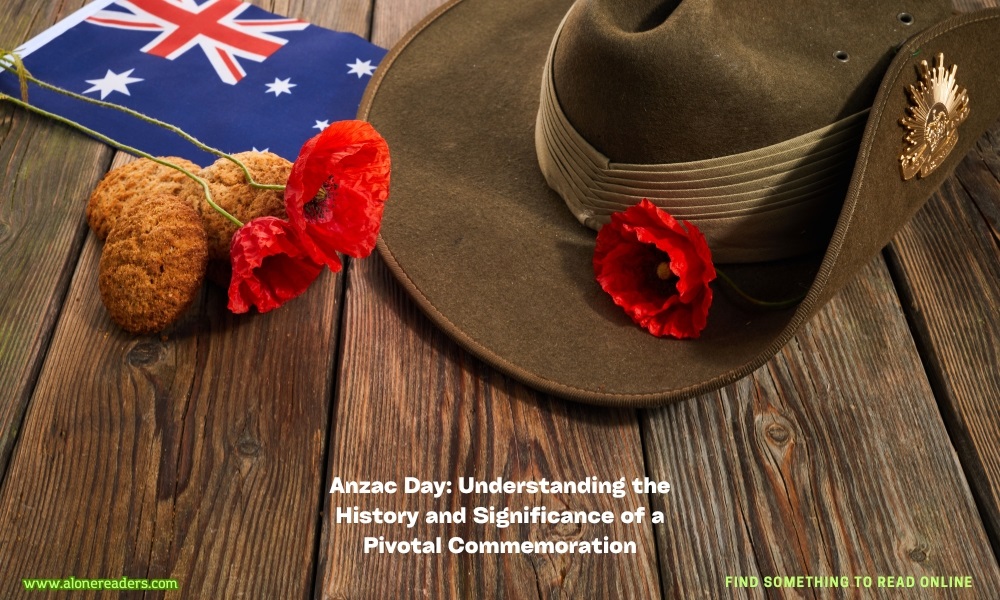
Anzac Day stands as one of the most significant dates on the national calendars of both Australia and New Zealand. It is a day marked by both countries to commemorate the members of the Australian and New Zealand Army Corps (ANZAC) who served and died in all wars, conflicts, and peacekeeping operations. The origins of Anzac Day date back to April 25, 1915, the day ANZAC forces landed on the Gallipoli Peninsula in Turkey during World War I. This military campaign was one of the first major battles undertaken by Australian and New Zealand forces during the Great War, and although it resulted in heavy casualties, it also helped forge a powerful legacy of bravery and camaraderie that defines both nations' identity to this day.
The Gallipoli campaign was intended to secure a sea route to the Russian Empire and knock the Ottoman Empire out of the war. However, the Allied forces, including the ANZAC troops, faced a determined and resourceful enemy and harsh environmental conditions. The campaign dragged on for eight months until the eventual withdrawal of Allied forces. Despite the military failure, the campaign left a lasting mark on Australians and New Zealanders, reflecting the courage and tenacity of the ANZAC troops under extreme adversity.
Anzac Day was first commemorated in the year following the Gallipoli landing in 1916. Since then, it has been marked by a range of traditions, most notably the dawn services held at war memorials around the two countries, reflecting the time of the original landing at Gallipoli. These services provide a solemn reminder of the sacrifice made by so many soldiers in the quiet, reflective moments of dawn. Later in the day, commemorative events such as parades and ceremonies offer a public expression of respect and remembrance, attended by veterans, active service members, and the general public.
One of the most poignant symbols associated with Anzac Day is the red poppy, which grew on the battlefields of Western Europe and became a symbol of remembrance in Commonwealth nations. The poppy reminds us of the bloodshed and sacrifice in these conflicts, standing out with its bright red color against the backdrop of the battlefield. Another integral part of Anzac Day is the playing of "The Last Post", a bugle call used at military funerals and ceremonies commemorating those killed in war. Its haunting melody evokes a deep emotional response and serves as a powerful reminder of the cost of war.
The significance of Anzac Day has evolved over the years. While it began as a day to remember the ANZACs who fought at Gallipoli, it has grown to encompass the remembrance of all Australian and New Zealand service members who have served and died in military operations. This evolution reflects a broadening in perspective from not only commemorating past battles but also recognizing ongoing contributions and sacrifices by military personnel in more recent conflicts and peacekeeping operations around the world.
Anzac Day also plays a critical role in educating younger generations about the history and impacts of war. Schools and community groups often participate in commemorative events, where stories and histories are shared, ensuring that the legacy of the original ANZACs and subsequent generations of service personnel are not forgotten. These activities help to instill a sense of national pride and respect for those who serve and highlight the importance of peace and the tragic costs of war.
Moreover, Anzac Day has also become a day for both reflection on national identity and the relationship between Australia and New Zealand. The shared history and sacrifices have forged strong bonds between the two countries, highlighted by their joint ceremonies and mutual commemorations on Anzac Day. It is a testament to the enduring spirit of cooperation and mutual respect that characterizes the trans-Tasman relationship.
As we observe Anzac Day, it serves not only as a somber time of remembrance but also as a moment to reflect on the values that the ANZAC spirit embodies: courage, mateship, and perseverance. These qualities continue to inspire and shape the national characters of Australia and New Zealand, reminding us of the importance of remembrance and the need to cherish and defend the peace and freedoms we enjoy today.
In conclusion, Anzac Day is more than just a historical date; it is a day that calls on us to remember the past sacrifices and to carry forward the legacy of those who served. It challenges us to reflect on our values and our responsibilities to future generations and to continue nurturing the bonds of friendship, respect, and understanding between all nations. As such, Anzac Day remains a cornerstone of national reflection and pride, resonating across generations and borders, and continuing to hold profound significance for Australians and New Zealanders alike.